A denomination is a change in the face value of a currency in a particular country. Most often, this procedure is initiated after significant inflation. This fate did not bypass Russia in its time. Let's reveal the essence of the denomination more deeply and find out how it was carried out in our country.

Denomination concept
First of all, let's find out what this concept means. Denomination is the reduction in the nominal price of a unit of a banknote. It is often carried out after hyperinflation. In this case, the name of the banknote may either change or remain the same.
First of all, the denomination of the currency is reduced due to the fact that in the calculations it is easier to operate with tens, hundreds, thousands, and not millions, billions, and sometimes trillions of units of banknotes. Moreover, this thesis concerns both macroeconomic activity and the way of life of people. Thus, denomination is a kind of simplification in the calculations between business entities.
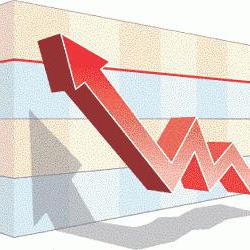
But this is not the only benefit of monetary reform. In addition, denomination is a factor that often contributes to the stabilization of the economy. After all, after this procedure, when the national currency becomes nominally more expensive, people begin to believe more in it, which is a kind of prevention of the effect of panic. The population, unsure of the monetary unit of their country, is trying to sell it as soon as possible, further provoking a collapse. The absence of panic, on the contrary, helps to strengthen the national currency. But, unfortunately, denomination does not always contribute to ending panic moods. In the future we will see this with specific examples.
But, of course, any denomination must be carried out after stopping hyperinflation, and not during it, otherwise this procedure loses all meaning.
Denomination in various countries of the world
Throughout world history, denomination in various states has been performed countless times. It makes no sense to describe each of the cases. Let's dwell on the most significant of them in the XX and XXI centuries.
One of the first significant denominations in the 20th century was monetary reform in Germany in 1923. After the World War I was unsuccessful for the Germans, the Weimar Republic was going through hard times, the economy was falling, and hyperinflation was raging. But closer to the mid-1920s, the situation more or less stabilized. The leadership of the republic decided to denominate the Reichsmark at the rate of a trillion to one.
In 1944, drachma was denominated by Greece. The exchange was carried out at the rate of 50 billion drams of the old model to one.
Most other denominations already date back to the years after World War II. So, in 1946 in Hungary there was an exchange of the pre-war Pengyo currency for the forint. Moreover, the exchange rate was 4 · 1029:one. This is probably the case of the largest denomination in world history.
In the early 1950s, monetary reforms were carried out in other countries of the so-called popular democracy - in Bulgaria and Poland. Moreover, in Bulgaria, the denomination was repeated again in 1962. But in these states, everything was much more modest compared to the Hungarian version.
In 1958, the French franc was denominated at the rate of 100 to 1. At the same rate, the Vietnamese dong was denominated in 1979.
From 1980 to 1984, the Israeli lira was exchanged for a new currency, the shekel (10: 1). But inflation in the country did not stop, but only intensified. Therefore, already in 1985-1986, a new monetary reform was carried out, during which the shekel was exchanged for a new one at the rate of 1000: 1.
After the fall of socialist regimes in eastern Europe and the economic upheavals associated with this phenomenon, denomination was carried out in Macedonia (1993), Poland (1995), Bulgaria (1999) and Romania (2005). Also in 2005, monetary reform was carried out in Turkey, and in 2008 in Venezuela.
Most of all with the denomination in the XX century, “lucky” Brazil. From 1967 to 1994, its currency was denominated 5 times. And each time there was a change in the name of the currency: Cruzeiro, New Cruzeiro, Cruzado, New Cruzado, Cruzeiro Real, Brazilian Real.
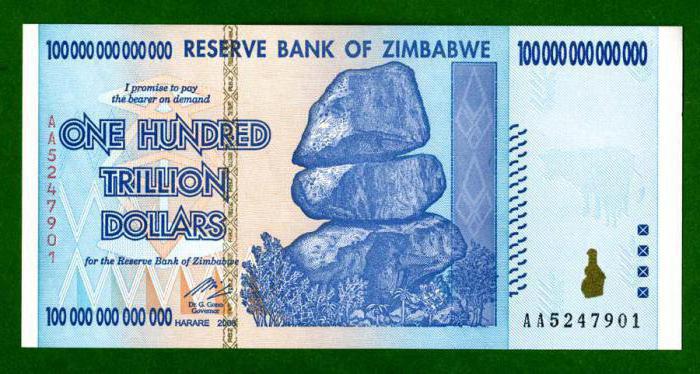
But in the XXI century, the Brazilian record clearly haunts Zimbabwe. From 2006 to 2009, the dollar of this country was denominated three times. And the last time the exchange was made at the rate of a trillion to one.
Denomination in the post-Soviet space
After the collapse of the USSR, all the former Soviet republics introduced their own currencies. But at that time, the economies of these countries were very unstable, so in the future these banknotes had to be denominated. Some states, such as Ukraine, specifically introduced a temporary currency in order to carry out monetary reform in the future.
Of the 15 former Soviet republics, 11 at different times made currency denominations: Latvia (1993), Lithuania (1993), Moldova (1993), Uzbekistan (1994), Belarus (1994, 2000), Georgia (1995), Ukraine (1996) , Tajikistan (2000-2001), Azerbaijan (2006), Turkmenistan (2009). Repeated monetary reform was not only in Estonia, Kazakhstan, Kyrgyzstan and Armenia.

But we are more interested in denomination in Russia. How did this process happen and what caused it? Below we find out its essence and year of denomination. But first, let's take a look at history.
History of monetary reforms in the USSR and Russia
We restrict ourselves only to the 20th century.
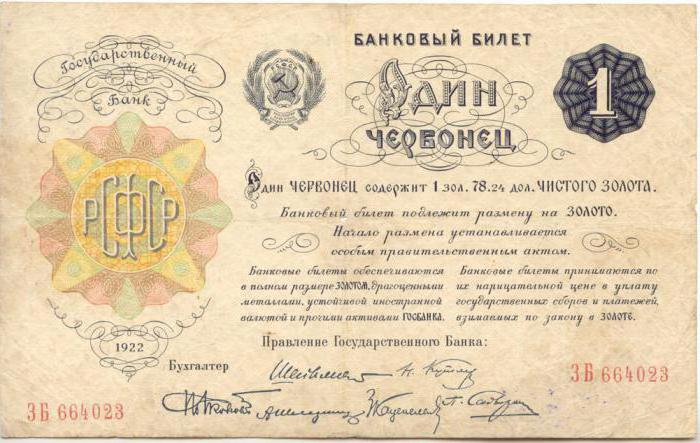
For the first time, the ruble was denominated in the USSR in 1922-1924. Then the exchange was made at the rate of ten thousand to one. In 1947, another monetary reform was carried out. Although, due to a series of nuances, not all experts consider it a real denomination. Rather, it was a fiscal procedure. But at the same time, the exchange was carried out at the rate of 10 to 1. This fact leads one to believe that at least formally it was a denomination of the ruble. The year 1961 gave the country another denomination. It happened at the same rate as the previous one. This was the last such incident in the Soviet Union.
Background and causes of the 1998 denomination
After the collapse of the USSR, as in all other Soviet republics that gained independence, in 1992, its own currency, the Russian ruble, was introduced in Russia. In the first half of the 90s, a wave of hyperinflation swept the country. The ruble has depreciated thousands of times. The so-called Black Tuesday is especially indicative in this regard, when in October 1994 the national currency slid from 3081 to 3926 rubles per dollar in one day.
But since the mid-90s, the economic situation in the country began to stabilize. Already in June 1996, the question of future monetary reform began to be raised. According to many experts, the denomination of the ruble was inevitable. The circulation of banknotes with a face value of hundreds of thousands was rather inconvenient, and in addition, it reminded of the most difficult times for Russia in economic terms.
Denomination process
In August 1997, an order was issued by Russian President Boris Yeltsin to conduct monetary reform next year. Thus, 1998 is the year of denomination in Russia. Already in January, currency exchange began in the ratio of 1,000 units of old banknotes to 1 new ruble. Moreover, in order not to create excessive excitement, the exchange was carried out until 2002. Metal pennies were also introduced. 1 penny was equal to ten rubles of the old model.
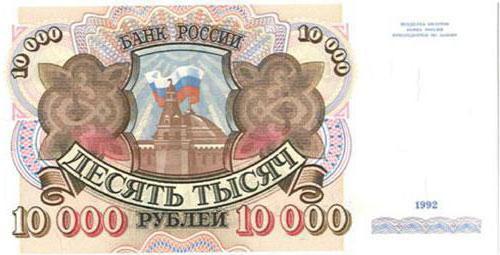
Consequences of denomination
Denomination in Russia certainly had a positive effect. Its result was a simplification of accounting and settlements between citizens and organizations, as well as an increase in confidence in the ruble among the population.
But, unfortunately, the denomination could not solve all the economic problems of Russia of that period.Due to an unreasonable financial and credit policy in the same 1998, the Russian Federation was forced to admit default. This was followed by inflation and the devaluation of the ruble. But still, the process of depreciation of the national currency could not be compared with the pace of the early 90's.
In the 2000s, the Russian economy entered a stable phase, which led to the strengthening of the denominated ruble.
Future denomination probability
After the ruble strengthened significantly in the first half of the 2000s, rumors began to circulate that it should be denominated in the ratio of 1000 to 1. But as early as next year, Russian President Vladimir Putin clearly stated that there would be no denomination.
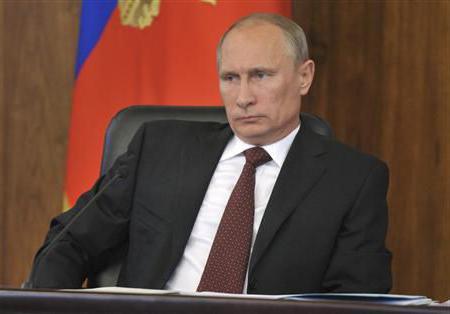
After the outbreak of the economic crisis in Russia in 2014 and the devaluation of the ruble against leading world currencies more than doubled, conversations among politicians and economists also began to circulate that, at the end of the crisis, the ruble could be denominated. But so far, things have not progressed further than talk and rumor.








